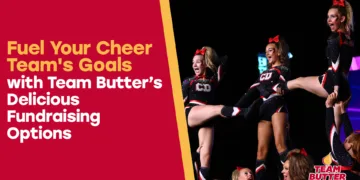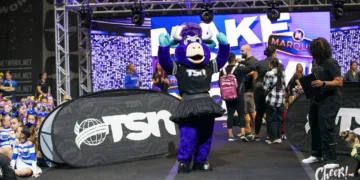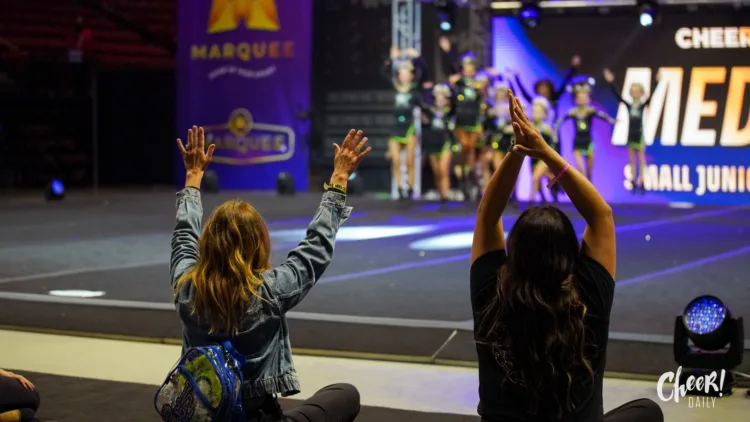Have you ever wondered what happens on the other side of the judges’ table?
Sometimes we go out to compete, look at the scoresheets, and question why the judges gave those scores to our routine. It might seem like a mystery—but it’s really not.
Here are a few tips to maximize your scores and ensure your team stands out and earns what it deserves for all its hard work:
Do Your Homework
Research the scoring system for the competition you’re attending. Every event producer (EP) has a different system.
Shape and adjust your routine based on the score sheet. Most EPs publish their score sheets and rubrics on their websites—make sure you read them thoroughly and understand them before registering. Choosing competitions with similar rubrics can save your team from major last-minute routine changes.
Know the Rules
Understanding the rules is half the battle. If you have questions about the legality of any skills or moves, reach out to the United States All Star Federation (USASF) or the EP. The USASF has a legality hotline where you can submit videos of the skills in question and receive feedback quickly. Most EPs also have judging teams available to assist you.
As a coach, it’s your responsibility to know the rules and use the score sheets and rubrics to guide your team to a successful and high-scoring performance. Learn the rules and updates before the season starts—and look to the USASF and EPs for webinars, seminars, and rule changes.
Building
Check the building rubric—it will explain what “majority” and “most” of your team means, and how those terms impact scoring ranges.
Look for keywords like “level appropriate” (skills allowed at your level) and “stunt quantity” (expected number of stunts based on your team size).
Focus on:
- Clean load-in technique
- Flyer synchronization
- Base foot placement and grips
- Controlled dismounts (the stunt isn’t over until the flyer is on the ground)
Most scoring systems separate technique, difficulty, and creativity. You may not hit the highest difficulty, but strong execution and creativity can keep your scores competitive.
Don’t rush your building section. Speed or over-packed sequences can hurt technique and lead to deductions.
Mega-skills don’t always equal mega-points. Work at your team’s level, highlight what you can execute safely, and avoid unnecessary deductions caused by difficult, sloppy elements.
Tumbling
Push your athletes for consistent technique—how they bend their legs in a back handspring or position their arms in a hurdle matters.
Timing and spacing also matter. Misalignment can hurt your execution score, even if skills are technically correct.
Just like with building, know your rubric. “Majority” and “most” apply here too. Decide if it’s worth keeping a skill with poor technique if it risks a deduction.
Be aware of the small differences between skills and levels. An extra step can turn a standing skill into a running one, or affect the difficulty classification of a pass.
Jumps
Jump scores are some of the easiest to earn—if done right.
As long as you have three connected advanced jumps and one extra advanced jump (with variety—like toe touch, pike, and front hurdler), you should be covered.
Drill jump technique and focus on:
- Body and torso alignment
- Hip rotation
- Feet landing together
- Pointed toes
Make arm motions consistent across athletes. Practice leads to synchronized, high-scoring execution.
Dance
The dance section is arguably the most subjective part of your routine. It’s judged on entertainment value, performance, and style.
What we do know: it should include level changes, constant movement, formation changes, and unique choreography. Most importantly, your athletes need to enjoy it—performance shines when the dancers are fully invested.
Overall Routine
The flow and structure of your routine can significantly impact your final score.
Focus on how skills are presented, athlete spacing, smooth transitions, and eye-catching formations. Keep something happening at all times—make the judges want to keep watching instead of writing.
Encourage your team to bring energy, perform with confidence, and enjoy the moment. Judges will reward effort, performance, and enthusiasm. Scores reflect not just skills—but how well your team performs them.
Cheerleading is a rare combination of athleticism and artistry. That’s why it connects with so many people around the world. If you focus on what makes it special—smart planning, clean execution, and passionate performance—you’ll win more than just points.
Good luck!
Follow Cheer Daily across social platforms for breaking cheer news and real-time advice from industry leaders!



















